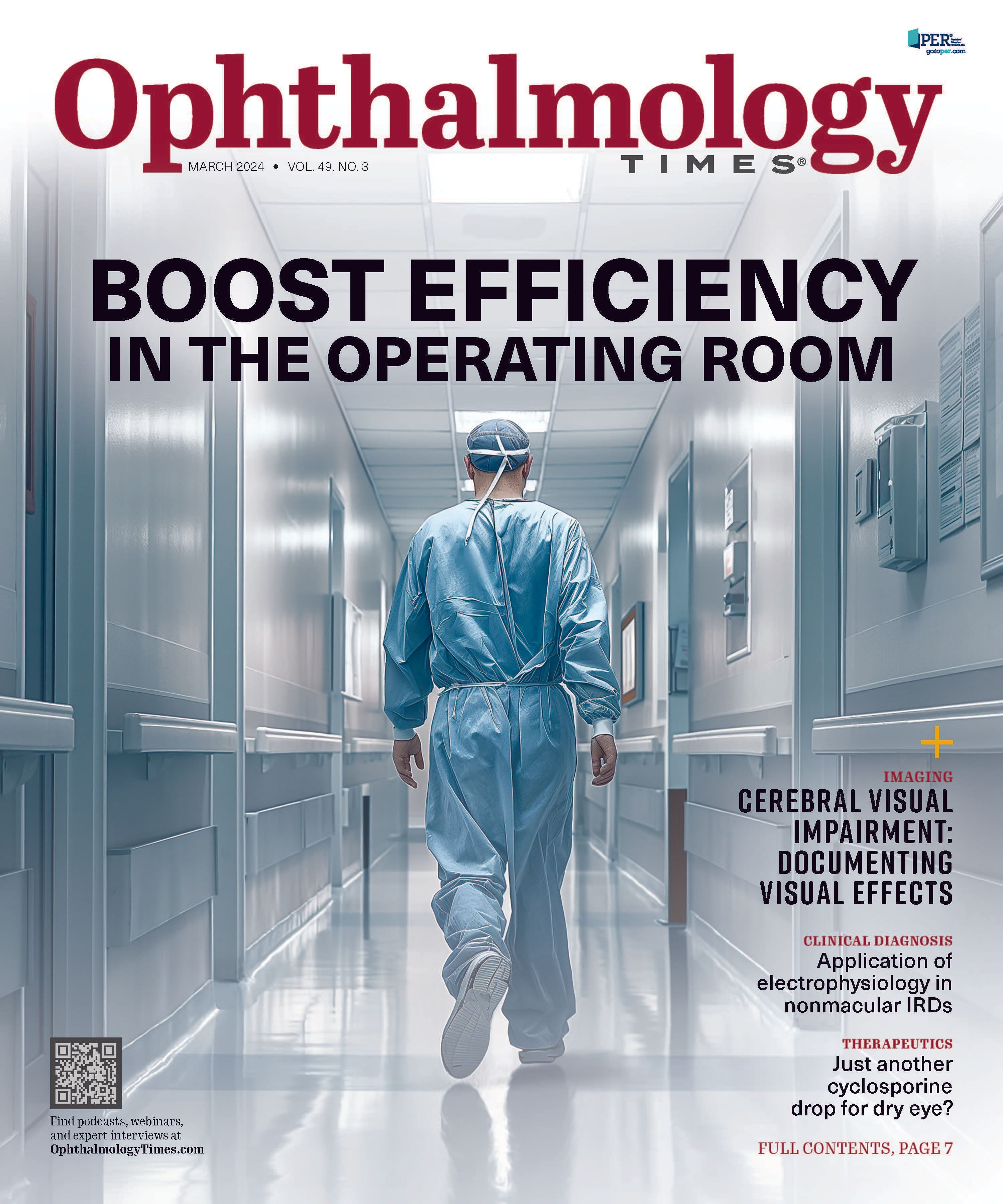Publication
Article
Digital Edition
Neovascular AMD and DME treated with ranibizumab and biosimilar
Author(s):
(Image Credit: AdobeStock/Shutter2U)

Dilsher S. Dhoot, MD, a clinician from California Retina Consultants in Santa Barbara, recently moderated a roundtable discussion on biosimilars for Ophthalmology Times. Because of the newness of the use of biosimilars in clinical practice, physicians’ experiences have been mixed. The 3 primary indications for use of biosimilars in ophthalmology are neovascular age-related macular degeneration (AMD), diabetic macular edema (DME), and retinal vein occlusion (RVO).
Case 1: AMD
Dhoot presented the case of a 73-year-old woman with phakic eyes and 20/25 vision in the left eye who underwent a routine follow-up examination and was scheduled to return in 6 months. The patient returned early with conversion from dry to neovascular AMD, with complaints of visual distortion and decreased vision to 20/30. Initially, she responded well to treatment with a ranibizumab biosimilar (ranibizumab-eqrn; Cimerli; Coherus BioSciences). She had improved vision to 20/20 and stable results, with no recurrence of fluid with multiple injections over the course of 3.5 months.
“This case was a nice example of a treatment-naïve patient who had a good response to a biosimilar, and [this treatment] likely will be extended out with hopefully good results and durability,” Dhoot commented.
Regarding concerns with prescribing approved biosimilars, most physicians perceived differences in the drugs’ efficacy compared with the reference products. Physicians already using biosimilars were confident in switching from the reference product to the biosimilar and expressed confidence in the rigorous developmental process. There were considerations for patients requiring more potent or durable drugs, as switching to a biosimilar might be considered a step down..
Case 2: DME
The patient, a 76-year-old woman, had been treated previously with ranibizumab injections (Lucentis; Genentech) for DME in the right eye but was lost to follow-up for approximately 1 year. Upon reevaluation, she presented with a decrease in vision to 20/80, hemorrhages, and worsening DME.
Dhoot elected to treat the patient with the ranibizumab biosimilar 0.3 mg because of his good experience with the drug; the patient previously had a good response to the reference product. A month after treatment with the biosimilar, the examination result showed a good response anatomically and functionally, with a substantial decrease in the central subfield thickness (CST) from 583 µm to 376 µm and improved vision to 20/50.
The next examination result showed stable vision and decreased CST to 327 µm. A further decrease was seen a month later in the CST to 301 µm.
The roundtable discussion again delved into physicians’ comfort levels prescribing biosimilars for AMD, DME, and RVO, with the majority expressing confidence in doing so. Dhoot emphasized his practice’s use of biosimilars for AMD as a similar process to how he would use the reference products. If a patient needed a more potent or more durable drug, he would not use a biosimilar in that case.
“Biosimilars allow patients to have valuable treatment options and potentially offering cost savings for both the healthcare system and patients, Dhoot concluded. He also emphasized that the drugs’ role in providing effective and beneficial treatments for patients with conditions like AMD and DME, ultimately improving visual acuity over the long term.”

Newsletter
Don’t miss out—get Ophthalmology Times updates on the latest clinical advancements and expert interviews, straight to your inbox.




